Platform
Use Cases
Many Possibilities. One Platform.
AI and Automation
The Always-on Incrementality Platform
Solutions
Teams
Built for your whole team.
Industries
Trusted by all verticals.
Mediums
Measure any type of ad spend
Use Cases
Many Possibilities. One Platform.
AI and Automation
The Always-on Incrementality Platform
Teams
Built for your whole team.
Industries
Trusted by all verticals.
Mediums
Measure any type of ad spend
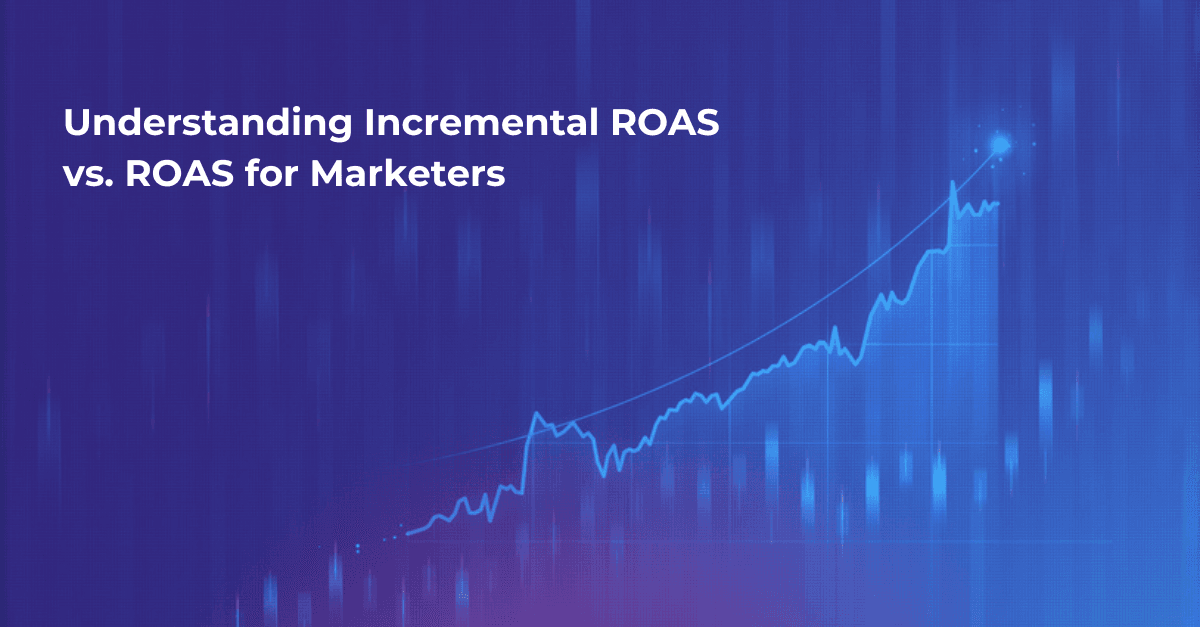
Achieving high KPIs like ROAS traditionally looked good on marketing performance reports, but more and more companies learning how last-click attribution concealed wasted ad spend (such as Uber and Airbnb) have discovered that much of their spending had no impact. Because of this, today we will explore one key topic in marketing measurement: Incremental ROAS.
Incremental ROAS (iROAS) measures the additional revenue generated from your advertising efforts beyond what would have occurred without the ads. In simpler terms, incremental ROAS measures the true contribution of your ads to your overall revenue.
Unlike traditional ROAS, which simply calculates the return on the total ad spend, incremental ROAS focuses on the extra lift (contribution) produced by the ads.
Think of it like this: standard ROAS tells you how much revenue you earned for every dollar spent on ads, but it doesn't account for how much of that revenue would have been obtained anyway. Incremental ROAS addresses this by focusing solely on the true contribution (revenue) generated by your ad campaign.
Incremental ROAS is also referred to as marginal ROAS.
The difference between incrementality and attribution is often exposed when launching a new channel:
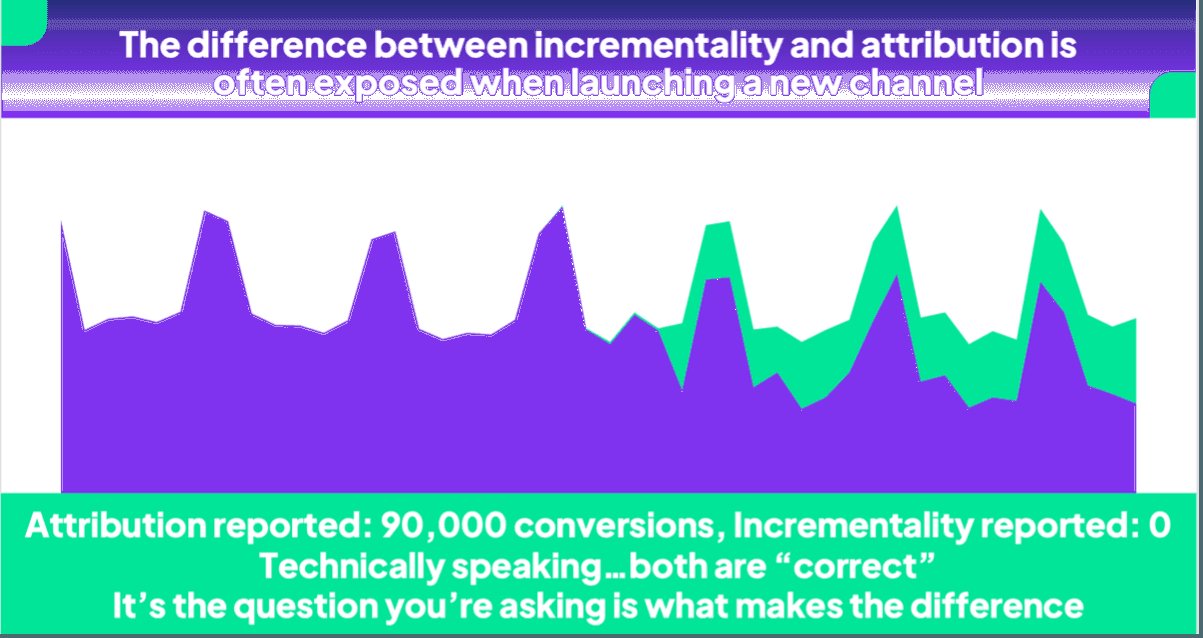
Why is this happening?
In this case, launching a new channel, such as a paid media channel, cannibalizes the organic results that would have occurred anyway even without the customer seeing the paid ad. However, using last-touch attribution, sales will be attributed to the last channel that interacted with the user, even though the user would have come organically anyway.
Because ROAS considers the results reported by the channel or by third-party attribution, ROAS is biased, missing the obvious question:
The most sophisticated advertisers were duped to rely on ROAS, only to discover that a positive ROAS could still lead to a negative ROI. Because of this, any marketer should think about incremental ROAS (ROI) and not ROAS.
The unfortunate way most companies figure this out is either when the budget “runs out”, or by intentionally reducing ad spend to measure the incremental value of ad spend, as seen in the example below:
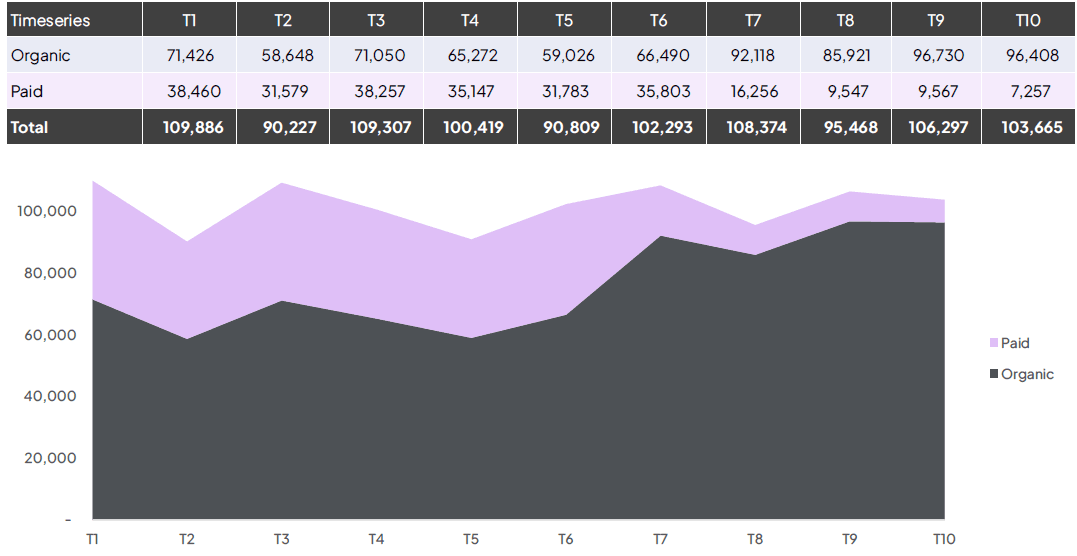
(This is an example from our budgeting handbook, which also presents budgeting principles and strategies for improving incremental results. You can find it here.)
Let’s shortly look at how ROAS is calculated first. Here is the formula:

For example, if you spend $10,000 on ads and generate $40,000 in revenue, your ROAS is 4. This indicates that for every 1 dollar spent, you earned 4 dollars back.
However, ROAS assumes that the ad campaign is solely responsible for all revenues.
Incremental ROAS (iROAS), on the other hand, isolates the impact of your advertising efforts by measuring the additional revenue generated solely due to the ads. Here is the standard formula:

True incrementality is measured as total ROI - Return Over Investment, ensuring that advertising activities are producing additional value. In other words, incrementality helps you identify areas where you may be overspending and allows you to adjust your spend accordingly. This is where the idea of incremental return on ad spend becomes essential—helping you distinguish between perceived success and true performance.
Here is a simple example:
Imagine you invest $50,000 in an ad campaign promoting a new product launch, and your reporting shows that the campaign generated $150,000 in revenue. A quick ROAS calculation (150,000 / 50,000) gives you a ROAS of 3.0, suggesting a good return on investment.
However, as a savvy marketer, you know there’s more to the story. When you examine your overall sales data, you find that your total sales for the period only increased by $70,000. This reveals a significant discrepancy.
This discrepancy highlights the importance of iROAS in understanding the true impact of your advertising. While the initial ROAS of 3.0 might seem like a success, the iROAS of 1.4 provides a more modest, yet accurate, picture of your campaign’s effectiveness.
Moreover, this discrepancy underscores a common issue: your campaign may be taking credit for sales that would have occurred anyway, thereby inflating the perceived ROAS. Ad platforms are often incentivized to present their performance in the best possible light, which can lead to over-attribution.
Calculating iROAS correctly using a simple formula works only if "all else is unchanged" (the ceteris paribus assumption from economics), which is rarely the case at a larger scale, such as when you have multiple channels in your marketing mix. In such situations, it is not sufficient to look at just positives and negatives to understand incremental revenue.
A very popular, though limited, method is Media Mix Modeling (MMM). We have written several articles about MMM on our website. Here is a summary:
This method was developed in the 1950s, at a time when traditional media channels like TV, radio, and print advertising were predominant. Back then, larger brands needed to analyze the impact of different campaigns and marketing changes on their sales performance. Today, Media Mix Modelling it’s still a good tool (depending on the brand and the historical data) for scenario planning, allowing brands to simulate various marketing strategies and forecast their potential outcomes.
However, Media mix modeling falls short in execution and practical application. Over the last three years, driven by changes such as the introduction of ATT (App Tracking Transparency) and the deprecation of the IDFA, hundreds of advertisers have tested MMM. Unfortunately, many found the results to be unsatisfactory and confusing, and did not complete the MMM calibration process.
At INCRMNTAL, we recognize the limitations of MMM but we are not anti-MMM. Our method is different and has been successfully adopted by hundreds of advertisers. While our platform is often compared to MMM, there is no straightforward bucket to place INCRMNTAL in.
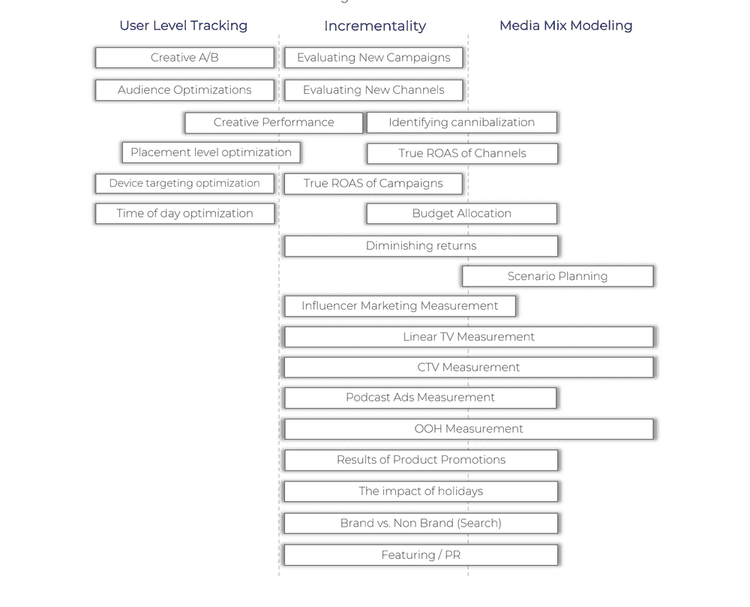
After 20+ years of adtech experience, our founders saw how limited marketing measurement was to basic tracking between clicks and installs, or clicks and conversions. On top of that, in 2019, AirBNB & UBER found that +80% of their spend was redundant.
Our vision was that true measurement needs to focus on measuring the additional value derived from marketing investments. Solving this was a significant technological challenge, especially with user tracking set to be deprecated. INCRMNTAL was going to offer a solution.
Our original idea was to build the most advanced multi-touch attribution solution, using a clean room shared with advertisers and publishers and their first party data.
We shifted our focus to incrementality very quickly, realizing that we did not want to build better attribution, but solve the measurement problem.
Today, we are using our own causal AI incrementality measurement to help lots of brands measure the true value of their marketing efforts and get actionable insights for them. Here is a summary of what INCRMNTAL does:
All these with easy integration, no SDK/code needed and 100+ integrations with ad platforms, data warehouses, MMPs, Analytics platforms, and TV & CTV, measurement taking only 2 minutes.
Here is a measurement example from one campaign using INCRMNTAL. This reported:
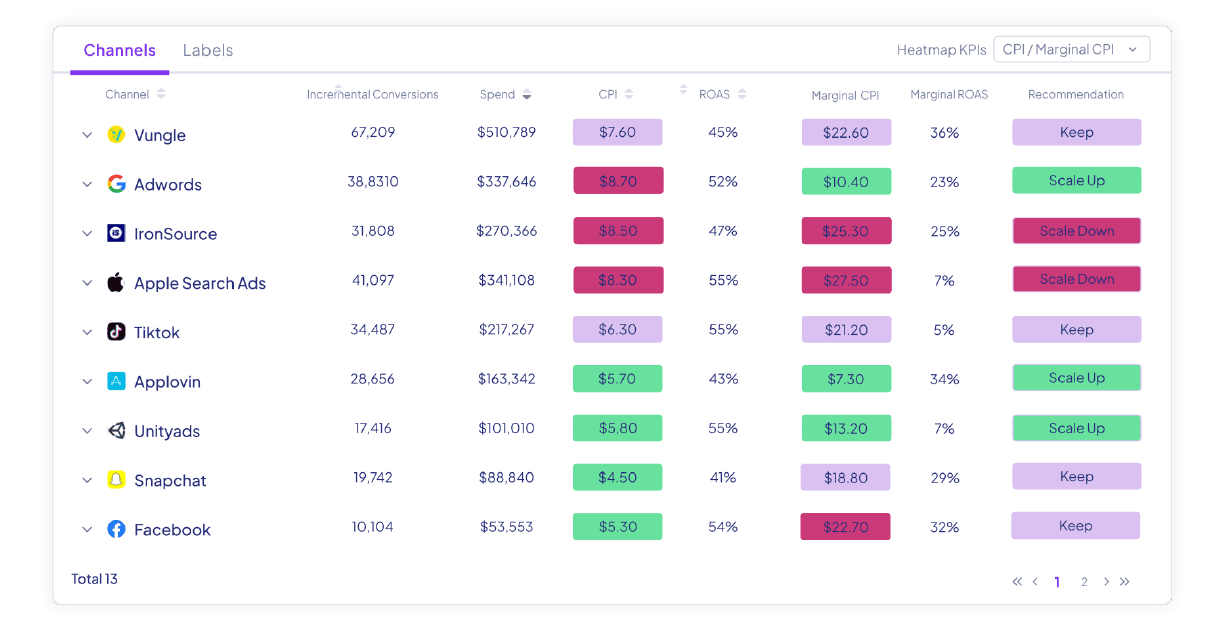
In the end, understanding the differences and recognizing common causes of non-incrementality such as cannibalization or last touch attribution is crucial. Focusing on incrementality ensures that marketing efforts truly enhance ROI, driving real growth and more effective resource allocation.
You can find more about our platform by scheduling a live demo with us to see how INCRMNTAL can enhance your marketing measurement.
ROAS has been a go-to metric for years, but relying on it without context can mislead even the most sophisticated advertisers. Understanding and measuring incremental return on ad spend allows marketers to identify what’s truly driving revenue—and what’s simply noise.
Focusing on incrementality ensures that your marketing efforts deliver genuine growth, avoid waste, and align with overall ROI goals. By shifting from attribution to causality, brands can make smarter, data-driven decisions that have real impact.
A 300% Incremental ROAS (Return on Ad Spend) means that for every $1 of ad spend, the campaign is generating an additional $3 in incremental revenue—revenue that wouldn’t have happened without the advertising. Unlike traditional ROAS, which can include revenue that may have occurred regardless of the ad, incremental ROAS isolates the true lift caused by the ad activity.
Over 100% is positive. 300% or more is typically considered strong. The right target depends on your margins and goals.
Connect your data to INCRMNTAL. The platform analyzes the true impact of your ads and shows how much revenue was driven by ad spend, without needing user-level tracking.

Meet Johana, our passionate Marketing Lead with over 10 years of experience. At INCRMNTAL, she oversees partnerships, content creation, and social media. She believes effective marketing combines storytelling, understanding consumer psychology, and unique branding. Johana is passionate about her role, much like the adtech industry she thrives in, which is constantly evolving and challenging. Previously, she held leadership roles at Applift and Glispa, honing her expertise and dedication to innovative marketing solutions. Johana is also a seasoned foodie on an adventure find the best bites around the globe. Her top culinary hotspots? India, Japan and Italy.